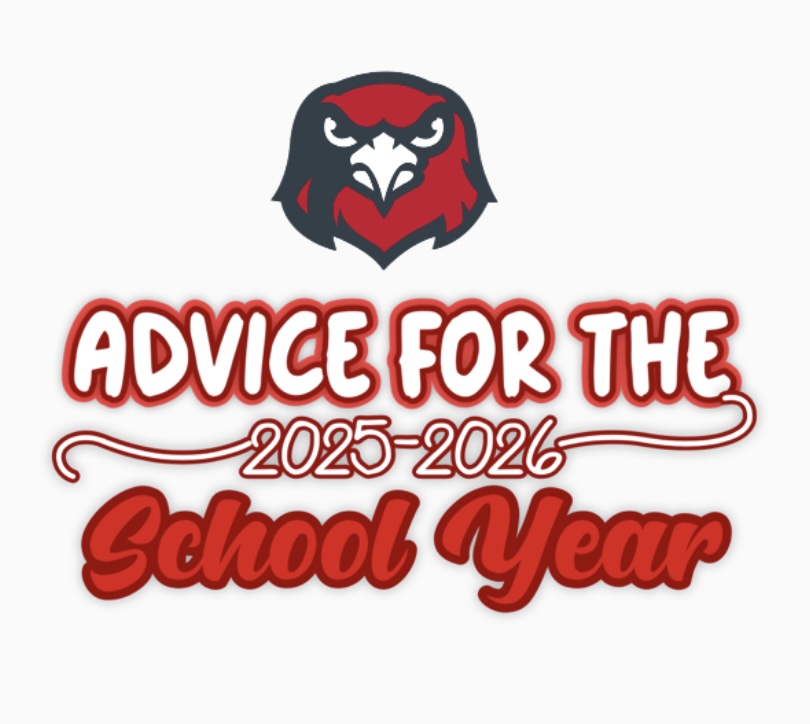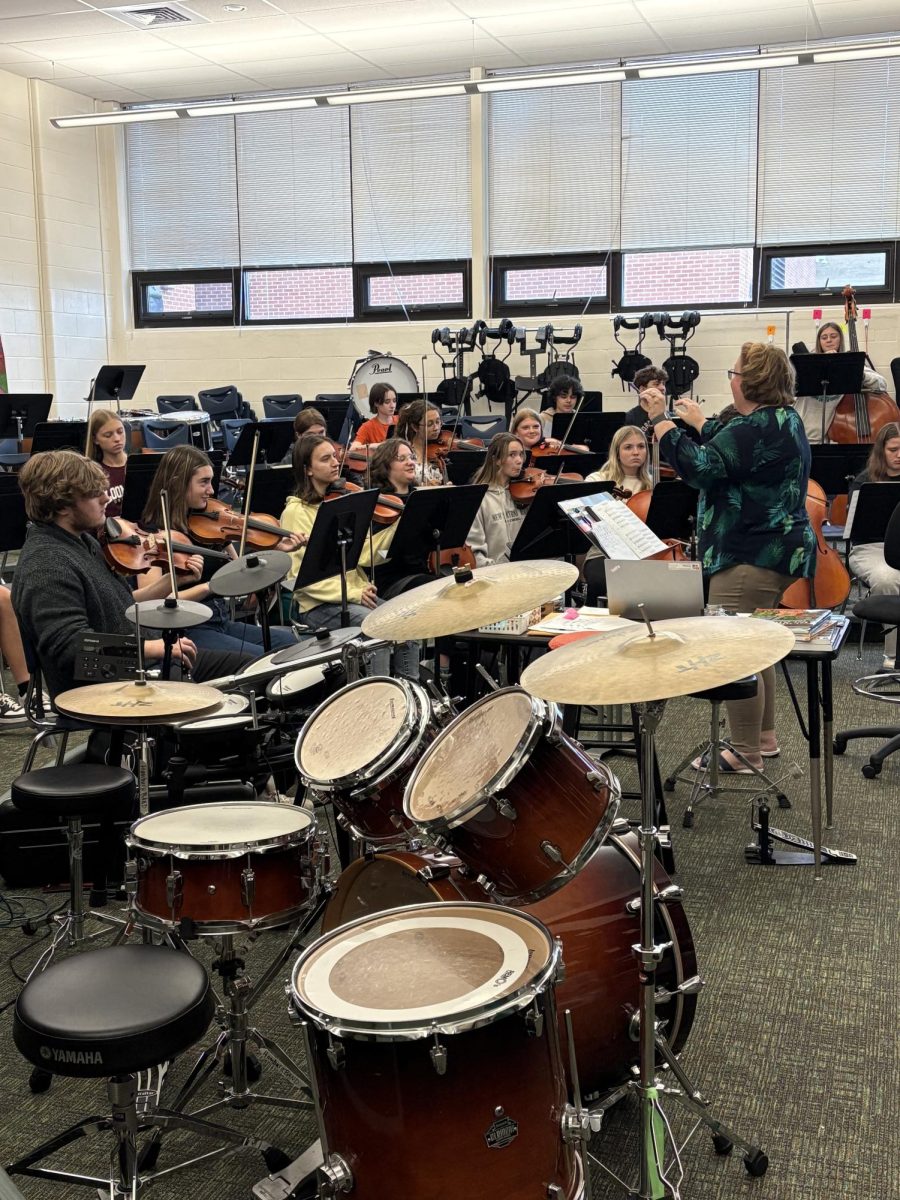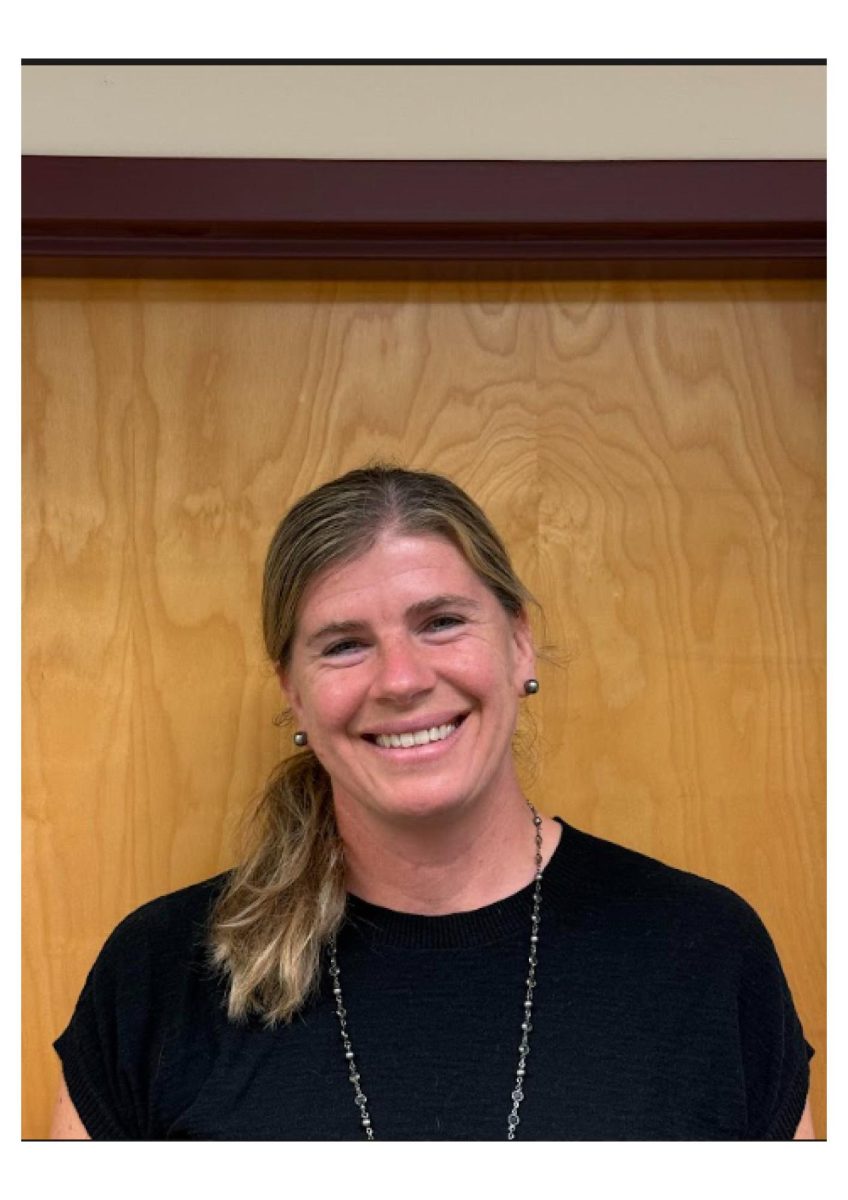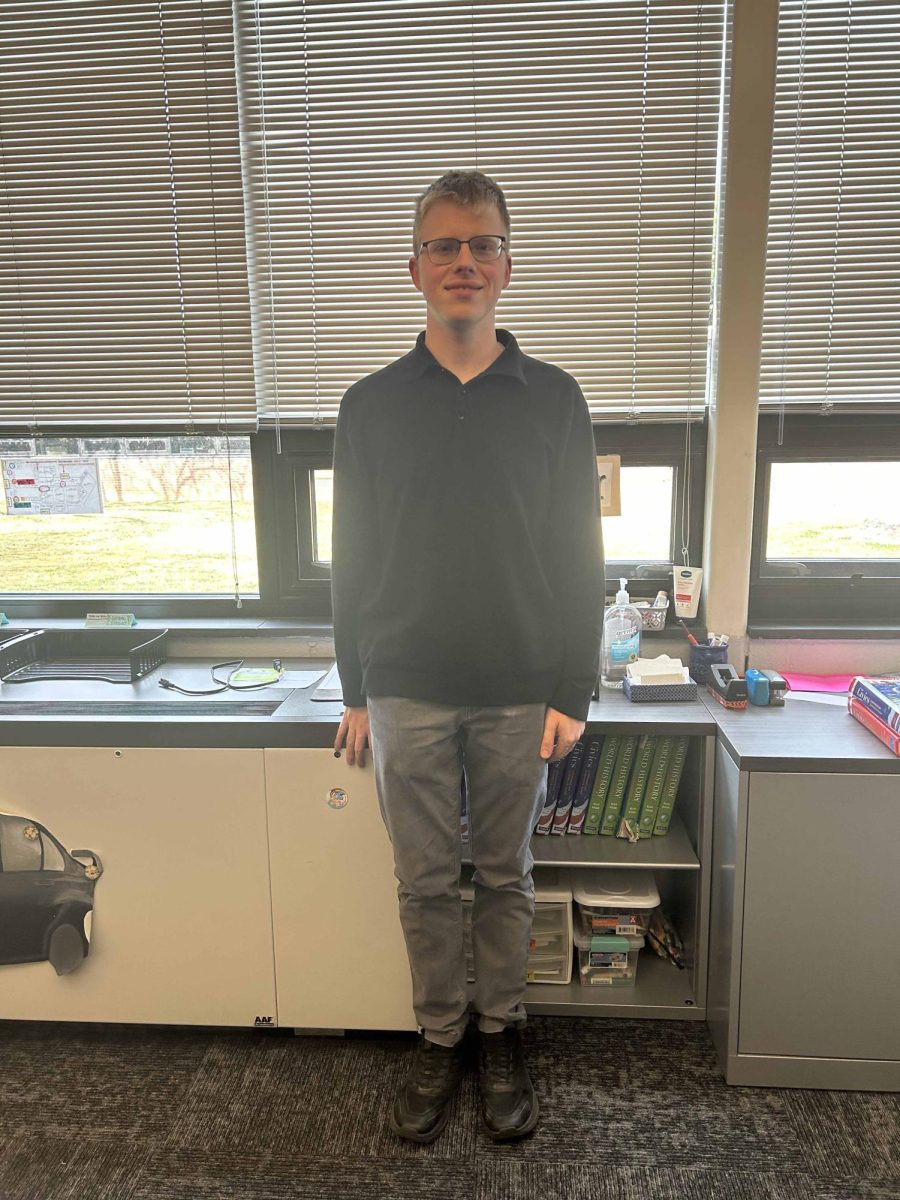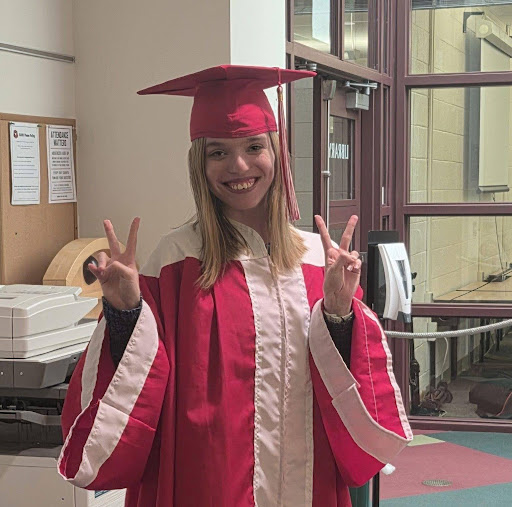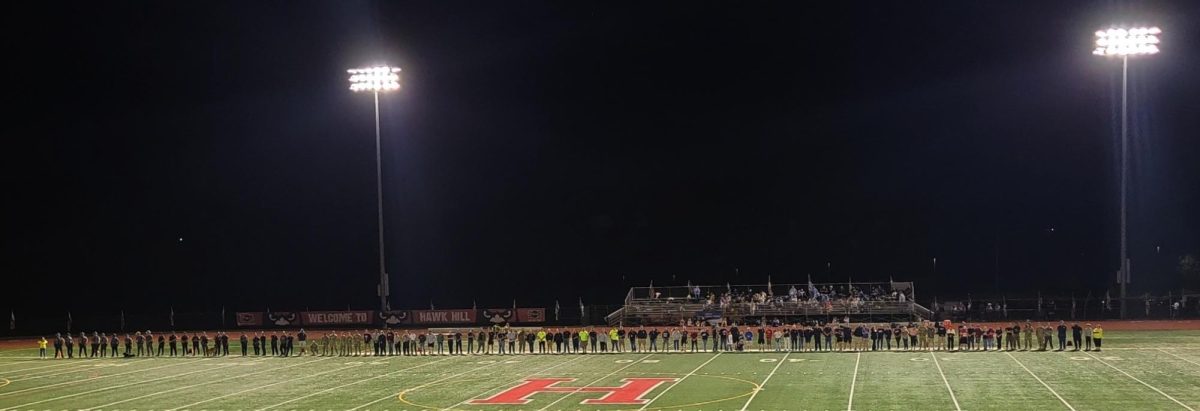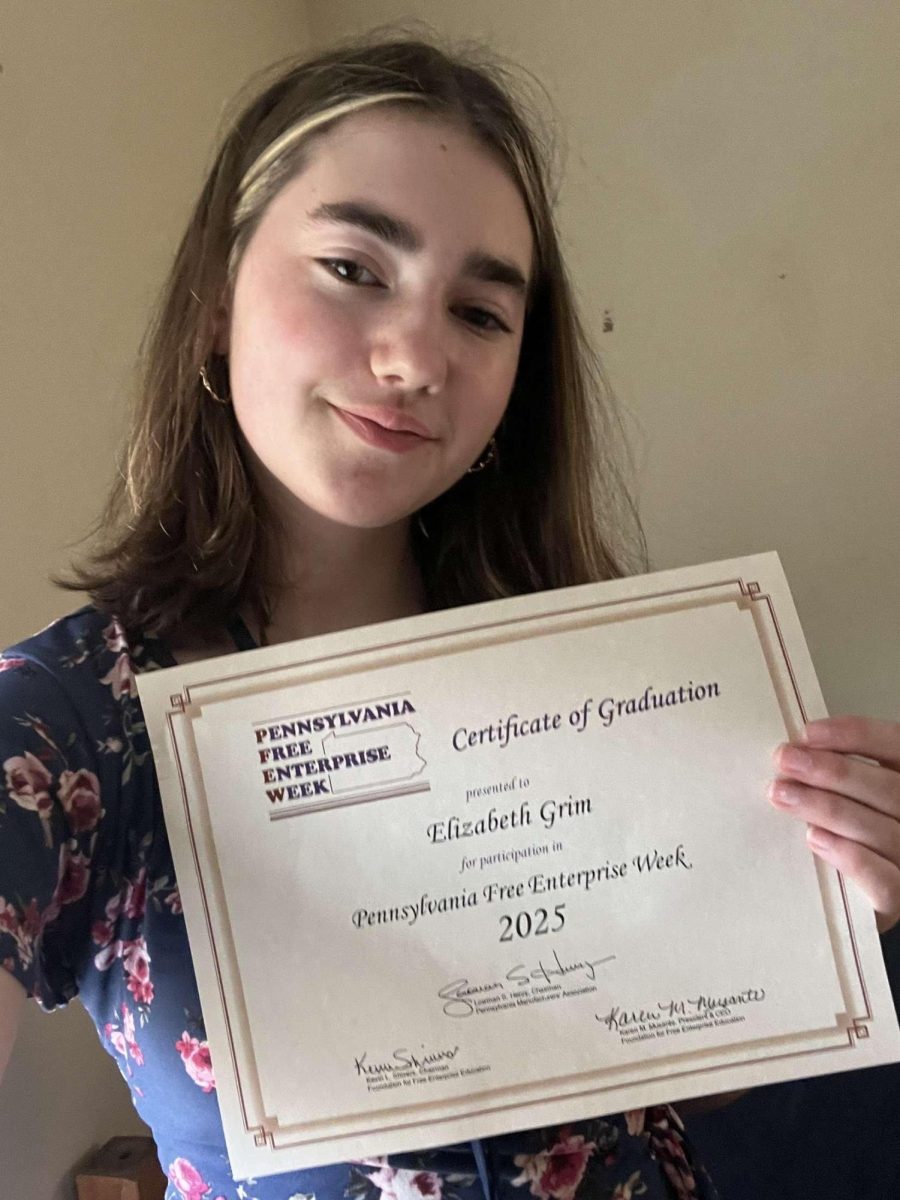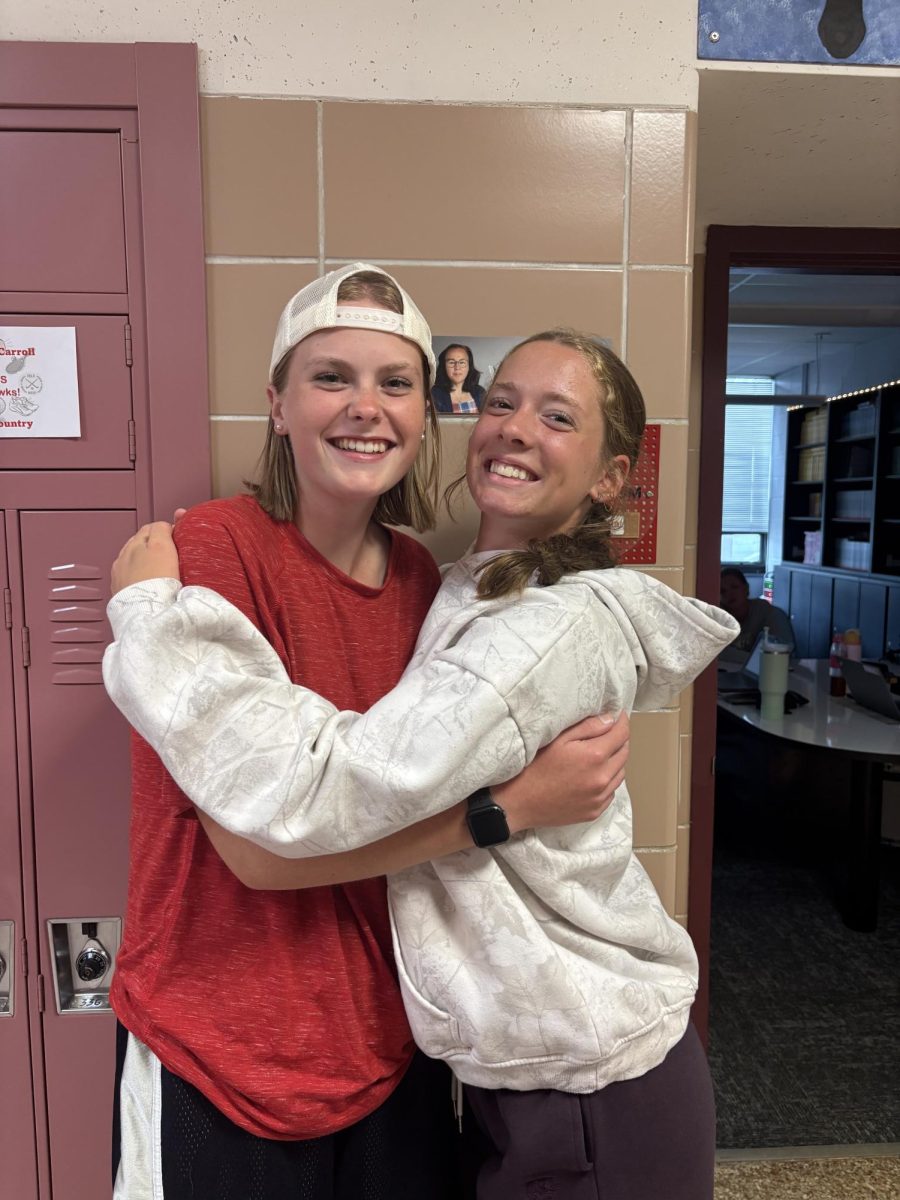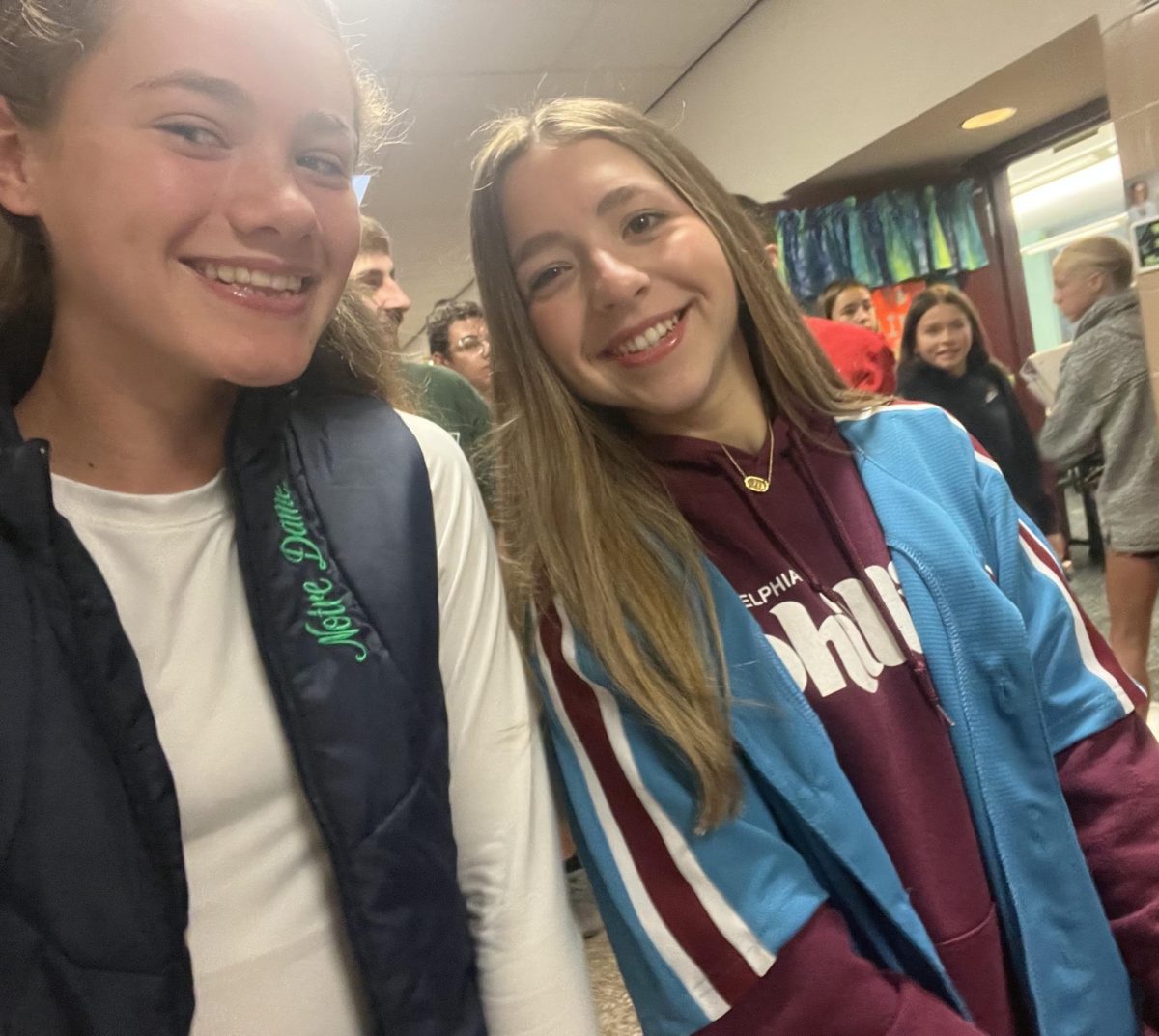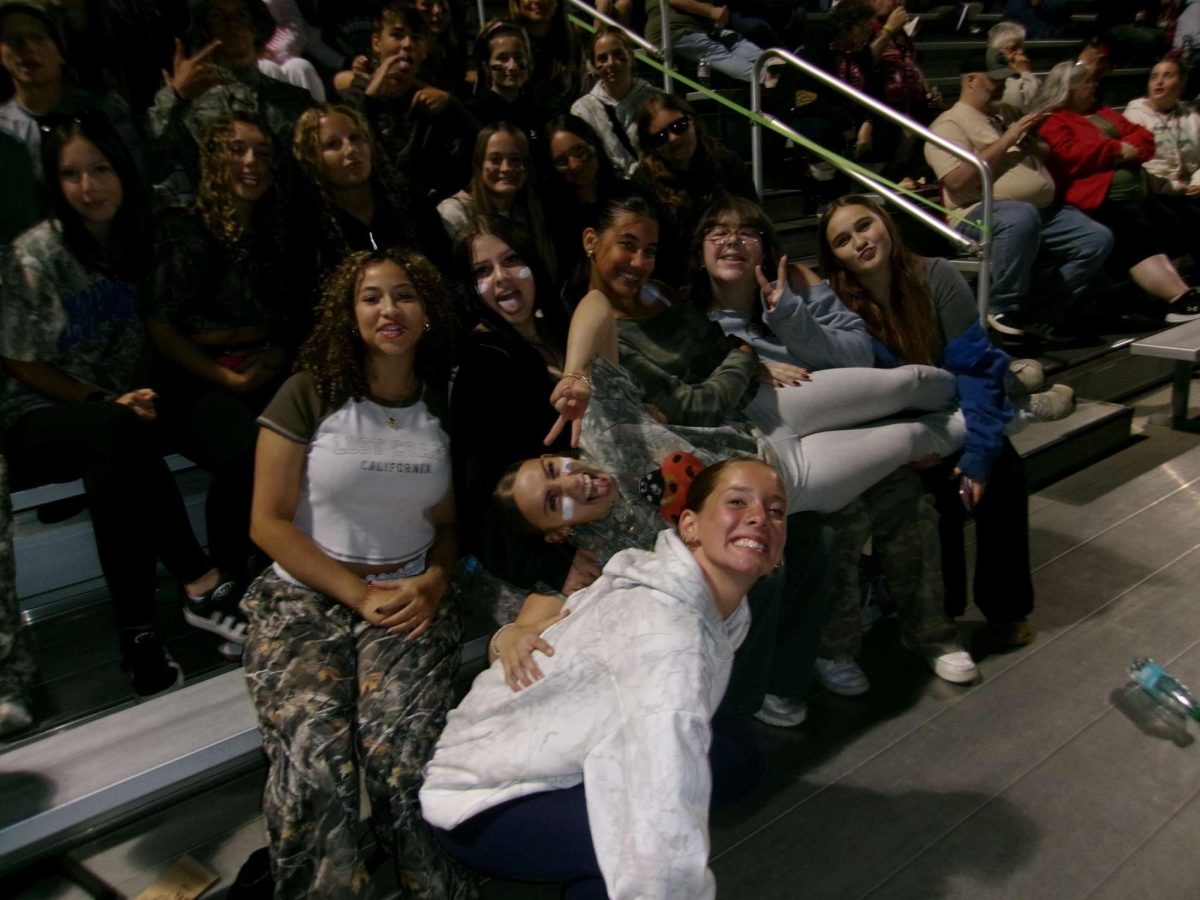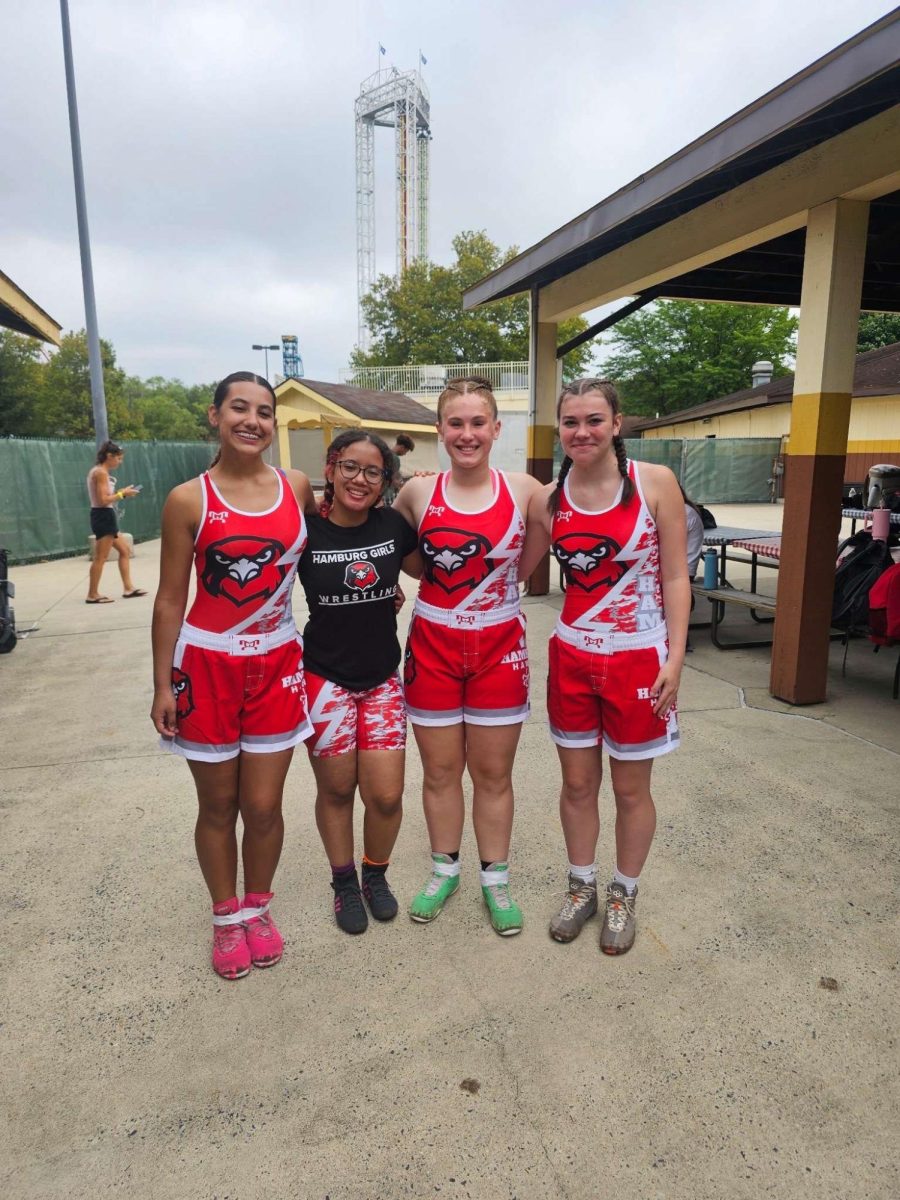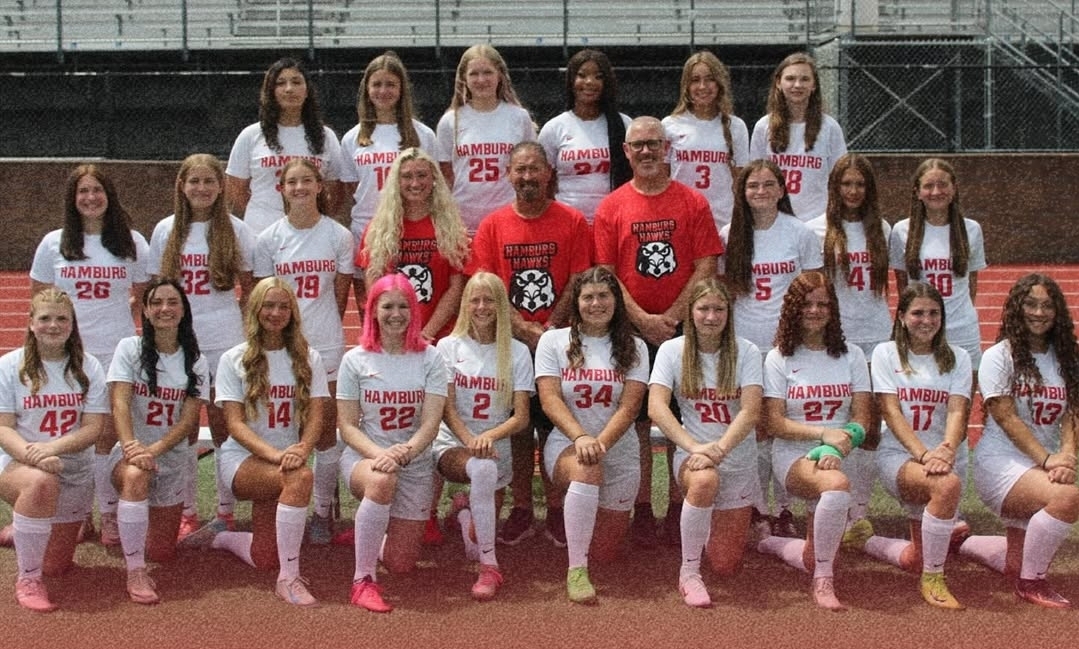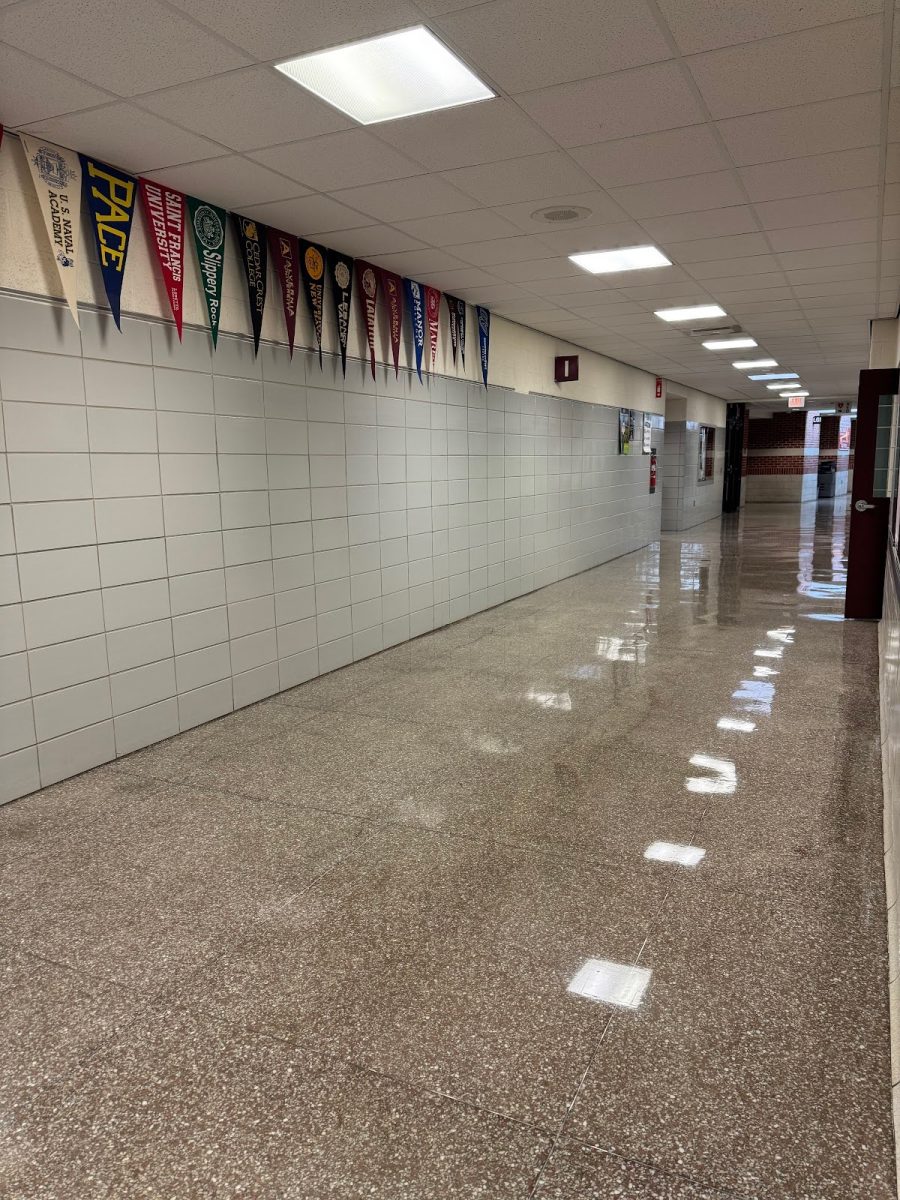As everyone in school knows, virtual learning is happening due to snow, ice, or high winds. Not everyone enjoys it, and necessarily wants to participate in virtual learning days. However, virtual learning does have some benefits that outweigh the negatives.
One teacher, Mrs. McCarthy states, “…It’s a great use of time and it gives students a chance to kind of catch up on things…” She also stated that when some students are in an environment where there are no bells or people around them, those students have more focus on the tasks at hand.
A positive that Mrs. McCarthy shares that comes with virtual learning is that no one has to miss a day of school and make up for another day.
Mrs. McCarthy shares that some challenges that come with teaching virtually are: making sure that the technology works, the power does not go out, forgetting an important item at school, a grade book for example.
Another teacher, Mrs. Ruhf (who is the HEP teacher for both high school and middle school students) states, “…I like not having to make the day up in the future, but I do miss the excitement of an actual snow day…” She also stated that during virtual learning some subjects are harder to do than others, an art project for example, but virtual does provide a chance for teachers to interact and do something different than what would normally be done inside of a classroom.
A positive that Mrs. Ruhf shares that comes with virtual is easily seeing who is engaged within the subject and who is actually listening than it would be inside of a big classroom where a teacher needs to do different things whilst teaching. Mrs. Ruhf also shares that it is nice to let the children interact and be more chill than being home all day and working.
Mrs. Ruhf shares that a challenge that comes with teaching virtually are: if either the teacher or students are having technical issues, which makes it hard to help the students due to the fact that the teacher cannot see exactly what is happening with their computer. Another challenge that comes with virtual is with younger students, K-1st graders to be exact. K-1st graders are more used to being able to have leeway around the classroom and more freedom to do what they want, so for them to be sat in front of a computer all day is very different to them.
A third teacher, Mrs. Bucheit states, “…It’s a great opportunity for us to continue moving forward with our lessons… it’s a bit of a break… but the day counts, so we still get things accomplished… Unless it’s a lot then it interrupts the learning process too much…” She also stated that when virtual learning was on a permanent basis during Covid she did not like it because she missed the personal interaction with the students and it is not entirely the same as her telling her students something as her students being able to physically do a bio assignment for a lab. Another thing that Mrs. Bucheit points out is that when students are virtual, they may miss out on too much. An example she provided for this was doing a science assignment without any equipment or the guidance of the teacher. She also points out that when students are virtual they do not develop communication skills, which are needed for the future.
A positive that Mrs. Bucheit shares that comes with virtual is being able to meet with students and the day being counted towards the end of the school year, and it can be helpful for people who have medical issues which makes it hard for them to come to school as often as others.
Mrs. Bucheit shares that some challenges that come with teaching virtually are: the students actually showing up and being present for the class, paying attention to what she is saying, and getting some classes to do their work that has been assigned to them.
A fifth teacher, Mrs. Escbach states, “…I think it’s a lot harder to teach virtually than in person, but I do like having to not make up snow days… sometimes it (virtual) makes it harder for me to balance at home if my children are off school… but otherwise, it is a benefit to most students and staff.” She also stated that virtual teaching and learning takes a different skill set and to really engage the learner, which she had to learn how to engage her students online since she is the Video and Communications instructor. For Mrs. Escbach, learning these skills has been a learning experience and a bit of a struggle to change her teaching style.
A positive that Mrs. Escbach shares that comes with virtual learning is when during Covid, she at least got to see how her students were doing and that they were okay.
Mrs. Escbach shares that some challenges that come with teaching virtually are: trying to make a learner engaged when they are looking at a screen of any type, students cannot do as interesting activities as they could in a classroom, connecting with others online, and technical issues.

